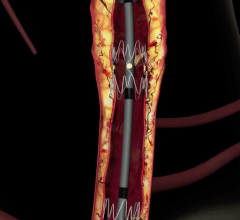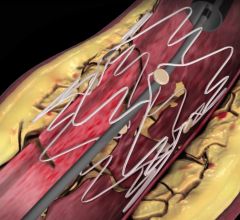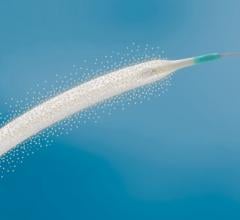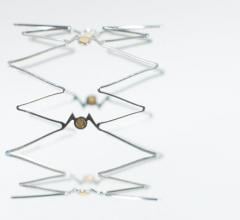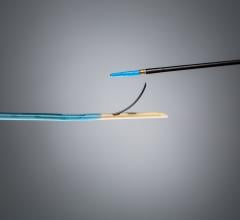November 14, 2007 - The European peripheral stents market is in the developmental phase, both in terms of revenue and technology due to improved diagnosis of peripheral arterial disease (PAD), according to a study released by Frost & Sullivan.
New analysis from Frost & Sullivan, European Peripheral Stents Market, indicates that the greater awareness of PAD and of available treatments will promote market expansion. Additionally, studies demonstrating the efficacy of novel product offerings will reinforce growth trends in the market. The report finds that the market earned revenues of USD 160.7 million in 2006 and estimates this to reach USD 376.2 million in 2013.
“The move towards minimally invasive surgeries and the rising incidence of peripheral arterial disease has increased the need for stenting,” noted Frost & Sullivan Research Analyst Sowmya Rajagopalan. “Research and innovation have been the norm in this developing market, with shortcomings in existing products being rapidly addressed to ensure their success.”
At the same time, manufacturers have moved to boost revenues by developing products for new applications. The launch of dedicated below the knee (BTK) stents is the best example of the emergence of new application areas. The need to treat arterial disease in the narrow arteries lying below the knee was studied along with the drawbacks of using coronary stents for this purpose. This led to the need for dedicated stents, resulting in the development of BTK stents.
However, as the use of stents in peripheral applications is new in comparison to coronary stents, and because surgical procedures have been the gold standard for the treatment of PAD, the acceptance of these products has been relatively low. Moreover, a sizeable percentage of the patient base remains untreated, resulting in an under exploitation of the potential patient pool and, in turn, limiting revenues.
"There is a dearth of sufficiently trained surgeons to perform these procedures," says Rajagopalan. "The lack of training is resulting in improper stenting, thereby affecting the success of both the procedures and products."
To promote sustained market expansion, manufacturers should conduct symposiums and workshops to enhance awareness among patients and physicians about peripheral arterial disease and peripheral stents.
Source: Frost & Sullivan
For more information: www.frost.com


 November 06, 2019
November 06, 2019 

